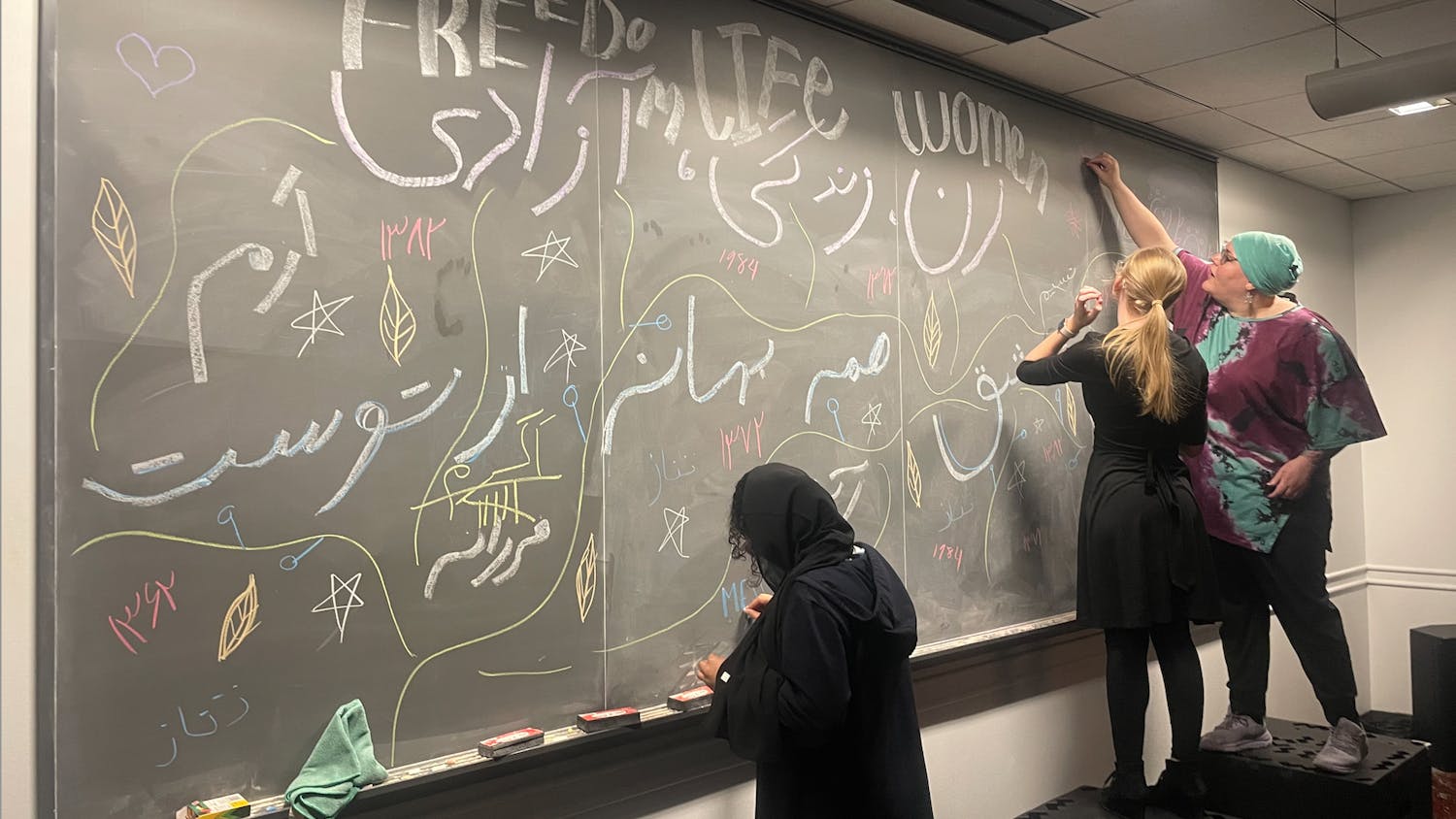American auteur Wes Anderson has been churning out unique, visionary films since the mid 90s. As his career has progressed stellarly, The Wes Anderson Film can virtually classify as its own genre. Filled with colorful canvases painted by brilliant ensemble performers and striking attention to detail, the classic Anderson film is a meticulously designed collage of joy, love, grief and most notably, a bit of dysfunction. From his offbeat caper debut “Bottle Rocket” (1996) to the visual Renaissance spectacle “The Grand Budapest Hotel” (2014), Anderson’s films carry a cinematic quality unlike any other. “Asteroid City” (2023), the newest installment to the Wes Anderson universe, manages to continue Anderson’s impeccable form and style but also shows his fans and the rest of the Milky Way that he does have something more to offer.
After finishing “Asteroid City’s” poignant epilogue, I officially completed all of Anderson’s filmography. I watched his films in chronological order, from “Bottle Rocket” to now “Asteroid City.” This is something I do often but only for certain directors. I find it meaningful and quite a thrill to examine how a talent like Anderson transforms throughout the years, as a filmmaker and as a writer of personal, human stories. It is not difficult to see the trajectory. “Rushmore” (1998), the film that catapulted Wes’s career, screams of youth, intimacy and metaphorically, a director who himself is coming-of-age like his protagonist. On the other hand, “The French Dispatch” (2021), which I believe to be Anderson’s most ambitious and impressive project, conveys a mastery of the craft and control of vision that I have never seen before. From the meticulous blocking to the wonderfully mellow but exuberant use of music, literature and art, I feel that Anderson’s talent and expertise are exhibited most completely in that marvel of a picture. This being said, what I find most commendable about Anderson is his ability to commit to and deeply love a polarizing but completely original artistic style. In my eyes, his latest work, “Asteroid City,” exemplifies this unwavering passion to the greatest degree.
What clearly separates “Asteroid City” from Anderson’s previous work is the framework in which the story — or multiple stories — is told. Anderson and crew concoct this film’s narrative in a very non-Wes Anderson way, or at least a manner that he has not experimented with before: twisting the audience’s perception with a mix of overlapping and metatextual mayhem. This, unfortunately, is putting it simply.
The title, “Asteroid City,” refers to the name of a play written by the 1950s playwright Conrad Earp (Edward Norton) within the movie itself. In said play, five Junior Stargazers are set to be recognized for their achievements at a fictional American desert town named Asteroid City. War photographer and protagonist of the play Augie Steenbeck (Jason Schwartzman) brings his son Woodrow (Jake Ryan), a Junior Stargazer, to the convention. As does actress Midge Campbell (Scarlett Johansson), with her daughter Dinah (Grace Edwards). And of course, there’s Tom Hanks as Augie’s father-in-law Stanley, the powerhouse Tilda Swinton as Dr. Hickenlooper, a revered scientist and Jeffrey Wright as General Gibson, the convention’s host, among others. The list of big names never seems to stop for an Anderson film. But for once, let us direct our attention away from the star-studded cast, the signature Wes Anderson symmetrical shots and the fantastic but also indulgent set design, idiosyncratic characters, crafty prop usage and fast-paced dialogue. There’s a meta twist in this tale that the film’s clever marketing purposely failed to reveal.
“Asteroid City” opens in black-and-white and Academy-style aspect ratio — a square screen format. A televised staging of Earp’s play “Asteroid City” is introduced by TV host Bryan Cranston. The actions of the play are shown in widescreen and stylized color, whilst the television special continues in black-and-white all throughout the film. We come to notice in the coming acts and scenes — introduced like a play within the film — that the roles in the play are played by the characters in the movie themselves: Metatextuality.
Jason Schwartzman not only plays Augie but doubles as actor Jones Hall, who plays Augie on stage. Scarlett Johansson’s Midge becomes the perfect role for capricious actress Mercedes Ford also portrayed by Johansson. Thus, all throughout the film’s main plot — the Asteroid City convention, which is disrupted by a rather brilliantly directed alien invasion — the black-and-white creation of Earp’s “Asteroid City” expertly intersperses throughout in some performatively and visually breathtaking segments.
As one can imagine, performing multiple roles under the direction of such a meticulous director as Anderson is a demanding task. If I were to pick out the performances that struck me as the most powerful from the interconnected worlds and frames of “Asteroid City’s” metaverse, Schwartzman and Johansson stick out like sore thumbs.
A long-time muse of Anderson’s, Schwartzman really comes into his own with his second, true leading role in an Anderson film (“Rushmore” being the other, which kickstarted both of their careers). Jones Hall’s hopeless but restless desire to understand the role of Augie mirrors Augie’s own battle with his grief due to his wife’s passing. Schwartzman traverses timelines and personalities in finding a middle ground between the two halves of his own self, eloquently depicting the aftermath of a loss and the struggle for perfection.
Johansson is a fascinating actress whose screen presence is often compared to the beaming but broken female personas of cinema’s rich history, like Gena Rowlands. She brings a similar energy to Midge and Mercedes, crafting a sociopathic but deep-down fragile soul to the screen. The bond that emerges between Augie and Midge, at first glance, seems like a classic Anderson love story. However, Schwartzman and Johansson’s removed but sparkling chemistry — as their most memorable scenes together occur through the windows of their respective lodgings rather than up close and personal —- reveals a new Anderson relationship: one that connects two lost souls who couldn’t be any more different from each other.
The Augie/Jones and Midge/Mercedes dynamic is just touching the surface of the incredibly complex layering that Anderson weaves through the characters in this picture. I think this level of storytelling prowess, multi-character thematic parallels, and intertextuality can only be truly seen in Anderson’s “The French Dispatch,” “The Life Aquatic with Steve Zissou” (2004) and now “Asteroid City.” To me, these three cross the boundaries of time and space and reality and fantasy in a way that does not detract from the narrative and thematic messages but rather aids them. The black-and-white TV production, Conrad Earp’s play and Wes Anderson’s film definitely did so for me.
Hopefully, “Asteroid City’s” cosmic metaverse will manage to confuse and resonate with the world in the years to come.
Rating: ★★★★☆




